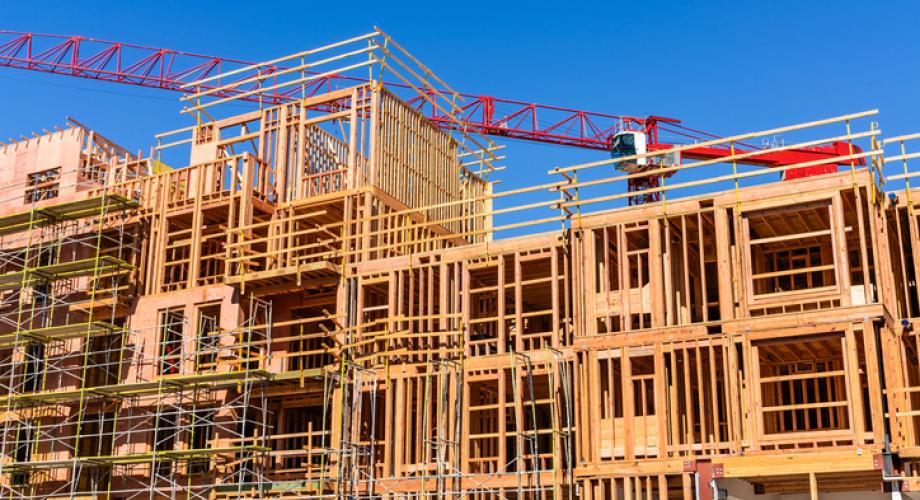After a significant merger and with a crowded transactions market, MAA has shifted gears.
When MAA bought Atlanta-based, public REIT Post Properties in December 2016, two complementary multifamily portfolios with a combined asset base comprising approximately 105,000 multifamily units in 317 properties merged together.
“Post was focused primarily on urban high-rise and mid-rise projects,” says Tim Argo, Senior Vice President, Director of Finance at MAA about the Post development arm. “Under MAA, the team now also explores suburban garden-style opportunities.”
From MAA’s perspective, adding Post not only gave it an instant injection of 24,162 units, but it also provided the Memphis-based REIT with another platform for continued external growth. While MAA was a skilled operator and renovator of apartments, it did not have a material development program.
“They had a good development group and a pipeline,” Argo says. “We felt like we had grown to the size where buying one-off assets just didn’t move the needle much. Having another avenue for growth and deploying capital was important.”
Today, in addition to developing its own projects, MAA partners with other developers in joint venture arrangements that ultimately provide a path to full ownership for MAA. It has a separate acquisitions group that has traditionally pursued already built properties. Now that team is also working with developers on new construction deals.
“We shifted or expanded their roles into partnering with developers as well,” Argo says. “Out of our current pipeline, we have three deals where we are doing a joint venture. It just opens up yet another avenue of growth into our pipeline.”
For the joint venture developments, MAA usually puts in 80% to 90% of the equity. After it’s leased up, MAA buys out its partner and owns 100% of the newly built asset.
“There are a lot of merchant developers that have been building great assets in our footprint for a long time,” Argo says. “They are good at it, have an expertise and know the lay of the land. We’re able to offer them financing as cheap or cheaper than development [debt] and let them have a potential for an opportunity on the backside. If it leases up to where we think it will, then they’ll get a piece of the valuation at the end.”
MAA’s development pipeline was $600 billion at the end of Q4, and Argo expects it to grow to $800 to $900 million. The company still looks at acquisitions to add to its sizable portfolio. Early in the pandemic, MAA thought buying opportunities, potentially some at a discount, would materialize.
“None of that has happened,” Argo says. “I think people held on for a few months through the worst of it. Now, it’s back to as competitive, if not more so, than it was. NOI’s [net operating income] certainly dropped with rents going down, but cap rates have probably gone down from where they were before COVID.”
While the company has had an appetite for acquisitions, it has not purchased a completed project since 2019.
“It’s just so competitive that it doesn’t make sense [to buy],” Argo says. “We can bring our balance sheet, fund deals with existing capacity and partner with the developer or do it ourselves and, either way, realize higher yields than what’s available in the current transactions market. We’ve shifted more from growth through one-off acquisitions to grow a little more through development. We’re still looking for acquisitions, but right now, we’re finding more opportunity in the development pipeline.”
In MAA’s core markets, the competition for assets is possibly even more heated. Since the pandemic began, residents who have the luxury of teleworking have left large coastal cities for smaller metros in the Sun Belt.
Often, residents are seeking less density in the suburban, garden-style properties that MAA owns. “A significant portion of our portfolio is comprised of garden-style communities where a resident doesn’t need to crowd with other people in an elevator to go their apartment,” Argo says. “They can go straight to their door without risking the contact.”
With properties in cities like Atlanta, Phoenix and Charlotte among its 35 markets, MAA has benefited from this trend.
“We’ve certainly been helped by our position in the Sunbelt markets where local economies seemed to close down a little later and open up a little earlier than some you might see on the coasts,” Argo says.
Les Shaver is a freelance writer.
